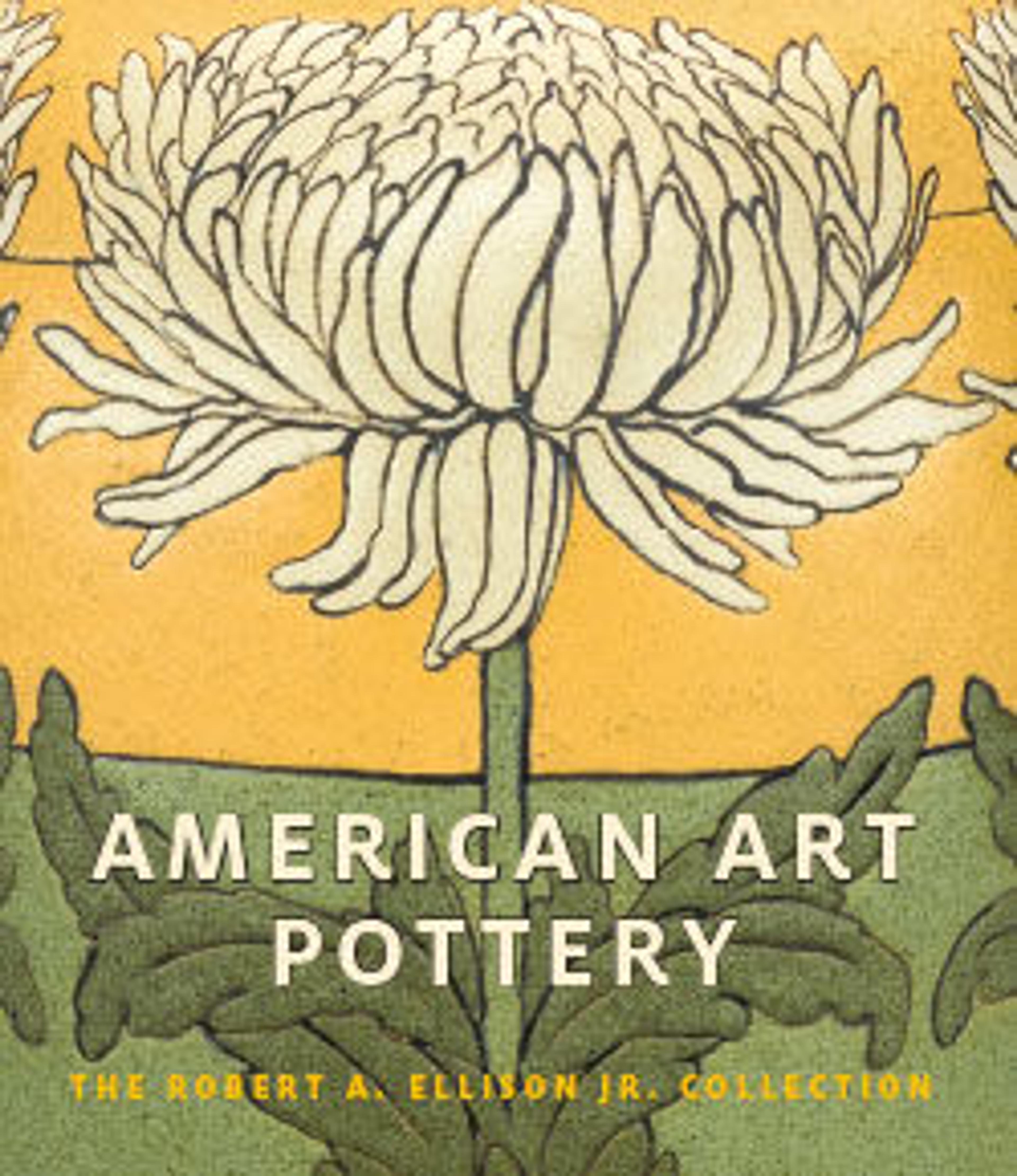Pitcher
The Philadelphia Centennial Exhibition in 1876 was a critical catalyst for the development of the American Art Pottery movement. In celebration of the country's hundred-year history, the enormous fair--for which preparations began in 1871--was designed to demonstrate America's technological and artistic progress in the years since gaining its independence. Ceramics played a critical role at the fair, providing an anthology of world ceramics, the repercussions of which were felt for decades. In addition to showcasing the achievements of American potteries, the Philadelphia Centennial exposed visitors to European and Asian accomplishments in often lavish presentations. Many American ceramists and connoisseurs particularly admired the presentation mounted by the Royal Doulton Company, from Lambeth, just outside of London. Their impressive showing was said to have included six to seven hundred unique work.
Laura A. Fry of Cincinnati, a multitalented decorator working with the Cincinnati Pottery Club at the newly established Rookwood Pottery, drew inspiration from the Doulton stoneware at the Centennial. As seen in this pitcher, she was particularly drawn to the type of scratch blue work practiced by the sisters Hannah and Florence Barlow, both prominent decorators at Doulton. They made a specialty of incised designs filled in with dark, usually cobalt blue oxide. A revival of the scratched blue stoneware produced in England urging the eighteenth century, this manner of linear decoration conformed to the demands of the English Reform style. Dated 1881, the pitcher features a tripartite design in horizontal bands, an arrangement favored by the Barrows. The decorative motifs—swimming ducks arranged across the middle register and stylized lily pads filling the band below—as well as the very form of the vessel, are based on Doulton models. Despite the similarity of design, Fry's pitcher differs significantly in the materials and methods of fabrication. Hers is of earthenware rather than stoneware with a different blue colorant and a clear, low-fired glaze instead of a salt-glaze. Like many American ceramic artists who sought to emulate what they had seen at the Centennial, Fry cleverly used the limited resources that were available to her to create the animated design.
This vase is from the Robert A. Ellison Jr. Collection of American art pottery donated to the Metropolitan Museum in 2017 and 2018. The works in the collection date from the mid-1870s through the 1950s. Together they comprise one of the most comprehensive and important assemblages of this material known.
Laura A. Fry of Cincinnati, a multitalented decorator working with the Cincinnati Pottery Club at the newly established Rookwood Pottery, drew inspiration from the Doulton stoneware at the Centennial. As seen in this pitcher, she was particularly drawn to the type of scratch blue work practiced by the sisters Hannah and Florence Barlow, both prominent decorators at Doulton. They made a specialty of incised designs filled in with dark, usually cobalt blue oxide. A revival of the scratched blue stoneware produced in England urging the eighteenth century, this manner of linear decoration conformed to the demands of the English Reform style. Dated 1881, the pitcher features a tripartite design in horizontal bands, an arrangement favored by the Barrows. The decorative motifs—swimming ducks arranged across the middle register and stylized lily pads filling the band below—as well as the very form of the vessel, are based on Doulton models. Despite the similarity of design, Fry's pitcher differs significantly in the materials and methods of fabrication. Hers is of earthenware rather than stoneware with a different blue colorant and a clear, low-fired glaze instead of a salt-glaze. Like many American ceramic artists who sought to emulate what they had seen at the Centennial, Fry cleverly used the limited resources that were available to her to create the animated design.
This vase is from the Robert A. Ellison Jr. Collection of American art pottery donated to the Metropolitan Museum in 2017 and 2018. The works in the collection date from the mid-1870s through the 1950s. Together they comprise one of the most comprehensive and important assemblages of this material known.
Artwork Details
- Title:Pitcher
- Manufacturer:Rookwood Pottery Company (American, Cincinnati, Ohio 1880–1967)
- Decorator:Laura A. Fry (1857–1943)
- Manufacturer:Cincinnati Pottery Club (1879–1882)
- Date:1881
- Geography:Made in Cincinnati, Ohio, United States
- Culture:American
- Medium:Earthenware
- Dimensions:8 13/16 x 6 1/8 x 5 3/8 in. (22.4 x 15.6 x 13.7 cm)
- Credit Line:Gift of Robert A. Ellison Jr., 2018
- Object Number:2018.294.219
- Curatorial Department: The American Wing
More Artwork
Research Resources
The Met provides unparalleled resources for research and welcomes an international community of students and scholars. The Met's Open Access API is where creators and researchers can connect to the The Met collection. Open Access data and public domain images are available for unrestricted commercial and noncommercial use without permission or fee.
To request images under copyright and other restrictions, please use this Image Request form.
Feedback
We continue to research and examine historical and cultural context for objects in The Met collection. If you have comments or questions about this object record, please contact us using the form below. The Museum looks forward to receiving your comments.
